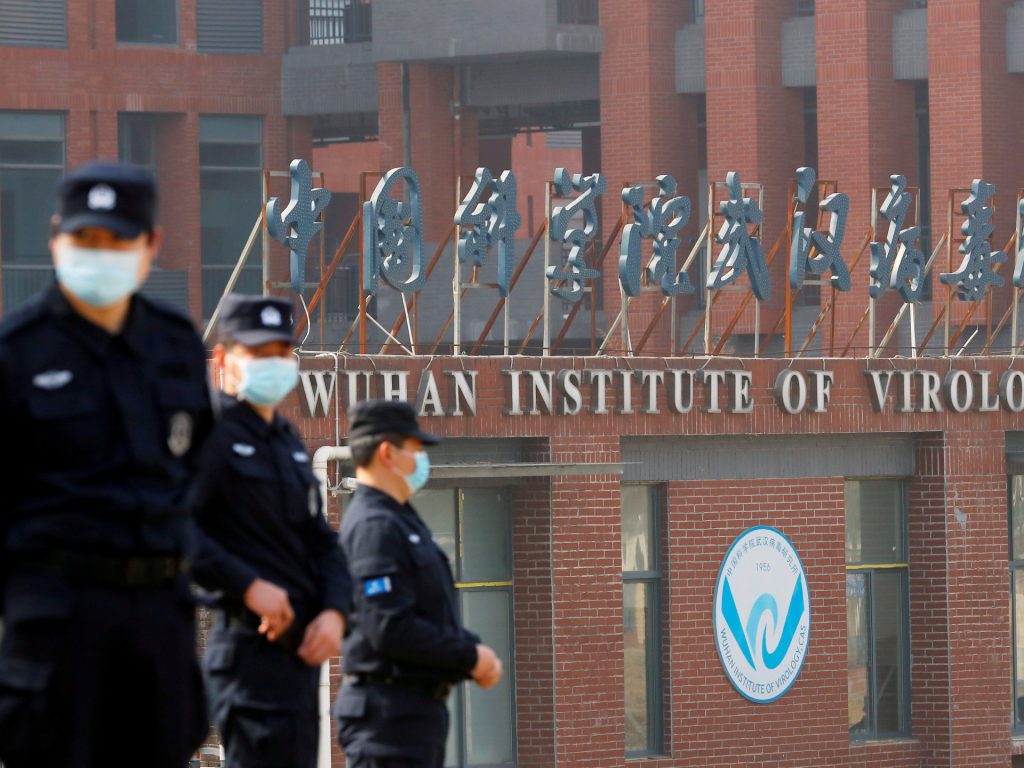The World Health Organization (WHO) called on China to share information about how COVID-19 emerged five years ago.
The coronavirus killed millions, locked billions in their homes, crippled economies and destroyed health systems.
“We continue to call on China to share and access data so we can understand the origins of COVID-19. This is a moral and scientific imperative,” WHO said in a statement.
“Without transparency, sharing and cooperation between countries, the world cannot adequately prevent and prepare for future epidemics and pandemics.”
The WHO recounted how on December 31, 2019, its country office in China received a media statement from health authorities in the central city of Wuhan regarding cases of “viral pneumonia.”
“In the weeks, months and years that followed, COVID-19 came to shape our lives and our world,” the UN health agency said.
“As we mark this historic moment, let’s take a moment to honor the lives changed and lost, recognize those suffering from COVID-19 and COVID-19, express gratitude to the healthcare workers who sacrificed so much to take care of us and commit to it by learning from COVID-19 to build a healthier tomorrow.”
Beijing insisted on Tuesday that it has shared information about the coronavirus “without holding anything back”.
“Five years ago … China immediately shared the epidemic information and the viral gene sequence with the WHO and the international community. Without holding anything back, we shared our experience of prevention, control and treatment, making a great contribution to the work of the international community to fight the pandemic,” said Foreign Ministry spokesman Mao Ning.
‘Painful Lessons’
According to the WHO, more than 760 million cases of COVID-19 and 6.9 million deaths have been recorded worldwide.
In mid-2023, she declared the end of COVID-19 as a public health emergency, but said the disease should be a permanent reminder of the potential for new viruses to emerge with devastating consequences.
Data from the early days of the pandemic were uploaded by Chinese scientists to an international database in early 2023, months after China dismantled all its COVID-19 restrictions and reopened its borders to the rest of the world.
The data showed that DNA from multiple animal species – including raccoon dogs – was present in environmental samples that tested positive for SARS-CoV-2, the coronavirus that causes COVID, suggesting they were the “most likely carriers” of the virus. disease, according to a team of international researchers.
In 2021, a WHO-led team spent weeks in and around Wuhan – where the first cases were discovered – and said the virus was probably transmitted from bats to humans through another animal, but further research was needed.
China has said no more visits were needed and the search for early cases should be carried out elsewhere.
Earlier this month, WHO Director-General Tedros Adhanom Ghebreyesus addressed the question of whether the world was better prepared for the next pandemic than for COVID-19.
“The answer is yes and no,” he said at a press conference. “If the next pandemic came today, the world would still be facing some of the same weaknesses and vulnerabilities that gave COVID-19 a foothold five years ago.
“But the world has also learned many of the painful lessons the pandemic taught us and has taken important steps to strengthen its defenses against future epidemics and pandemics.”
In December 2021, fearful of the devastation caused by COVID, countries decided to begin drafting an agreement on pandemic prevention, preparedness and response.
The 194 WHO member states negotiating the treaty have agreed on most of what it should include, but are stuck on practicalities.
The main fault line lies between Western nations with large pharmaceutical industry sectors and poorer countries, wary of being sidelined when the next pandemic strikes.


